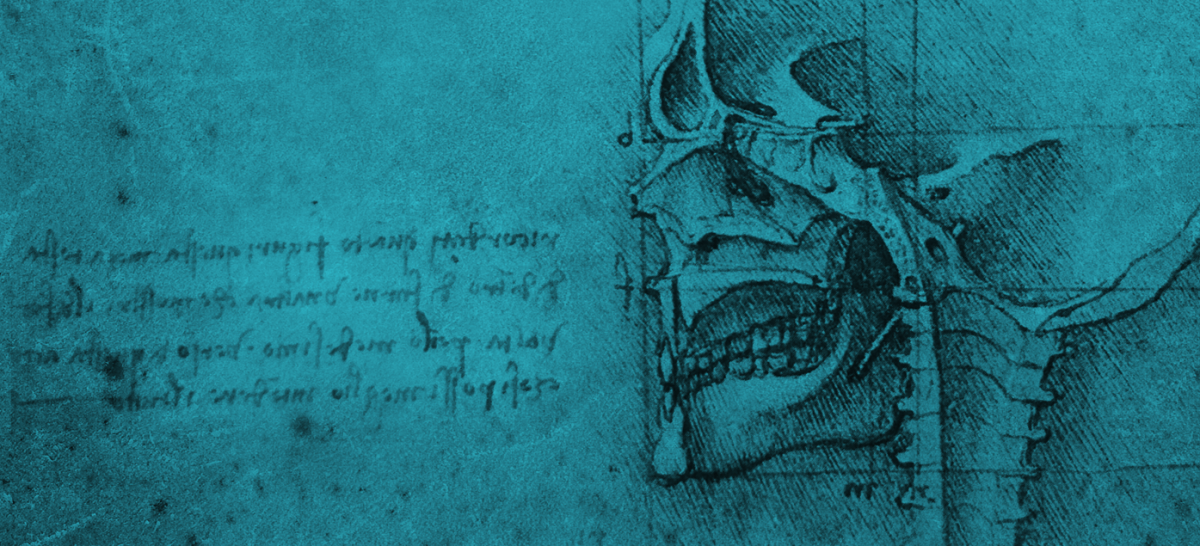This blog post is the first in a series of “Faculty First-Person” conversations.
Ted Pettus has been teaching anatomy and neuroscience in the Emory University School of Medicine since 1999 and has almost 2 decades of experience with Blackboard. In this interview, he explains how he made the switch to Canvas in the least painful way that allowed him to still take advantage of the benefits of the new platform.
Dr. Pettus: Spoiler alert: I made the switch to Canvas, and with technical/design assistance, I dramatically improved (and continue to improve) my course and its interface. On top of that, I did not have to sacrifice all of my non-existent spare time to master web design, new class organizations styles, or the reading up on all of the options for extra apps (if you share similar anxiety, you can inquire about the rant that was edited out of this blog). How does an IT dinosaur make such a smooth change? Collaborate (=take advantage of an expert). Go, Team!
Initially, I was asked, “What do you want?” “What is your goal?”
I could not offer any details outside of my old Blackboard design, so I went with general goals: “I want a course website that is sensible, effective, and intuitive.” My answer sounded like some student unprepared for class. I felt like I was asking someone to do my work for me.
“If someone else is the brains and know-how behind my change, behind my design, does that make me Milli Vanilli?” -self
“Who cares! The students need a good course interface. Heed the Milli Vanilli and ‘don’t sacrifice a good thing for your foolish pride’.” – other self
I worked with instructional designer Susan Detrie in a wonderfully collaborative style. We discussed what I wanted, which she helped me refine and then manifest in Canvas. I wanted to use images for interactive buttons, but not the usual pics from the textbook since they see more than enough medical illustrations. I thought the interface should be representative of topics, but more artistic, simple, and refreshing. She also helped me find appropriate public images that really bring the whole page together. She also helped me integrate a video server, communication, links, and grades, and we are still working on integrating interactive technology for future semesters.
All of this was done in a very short period over the summer. Without this collaboration, I would have struggled, spun my wheels, traveled many dead-end streets, and ended up with little improvement over my Blackboard format. As it is, my anatomy site is about as high-style as anatomy gets.
I hope that my Emory colleagues facing similar roadblocks can make a Kierkegaardian leap of faith (thank you, Dr. Tom Flynn) in the designers that can help you overcome. I add a few bullet points that will help you assess your needs, and help you get started with your collaboration.




Images used in BAHS 7000 Gross Anatomy for dissections of the ear, face, neck, and heart.
More Question & Answer with Dr. Pettus
Susan Detrie: What did you get from instructional design assistance that you could not do by yourself?
Dr. Pettus:
- The intuitive aspect of course design and navigation
- Appreciation and evaluation of the sea of apps out there
- Someone to search for and add images
- More ability to iterate
- Collaboration, which is fundamental to my science background, and is helpful in the execution of creative ideas.
Susan Detrie: What ideas did you initially start with?
Dr. Pettus:
- I wanted an effective prototype to begin the course design process with
- I wanted to shorten my learning curve
- I wanted an organized course I could fine tune
- I wanted to bring other relevant technologies into the course.
Susan Detrie: What did you want from your course overall?
Dr. Pettus:
- I wanted a course with enough information to keep student questions from being overwhelming in our face-to-face meetings
- I wanted a foundation for the lectures
- I wanted to collect different kinds of information and media to address different kinds of topics the course covers
- I wanted a diverse foundation since labs are extremely visual
- I wanted the interface to be easy and intuitive for the students
Susan Detrie: What were some of your considerations when building your course?
Dr. Pettus:
- I want the students to know what they need to know, and where they can find the resources to learn it
- I remember what was difficult when I learned it and try to address those difficulties
- I want students to learn and understand the basic language and descriptors of anatomy
Susan Detrie: What are a few self-assessment questions that collaboration with an instructional designer will help you answer:
Dr. Pettus:
- Do you know what you want to do?
- Do you know how to get there or create what you want?
- Are you aware of other tools you can use?
- Do you know how to integrate these other tools into your course?
- Do you think you need a better set of web pages for your course?
- Do you have enough time to build the course you want?




Images used in BAHS 7000 Gross Anatomy for dissections of the elbow/forearm/hand, vertebral column/spinal cord/back, nose, and thorax/lungs/abdominal wall.
